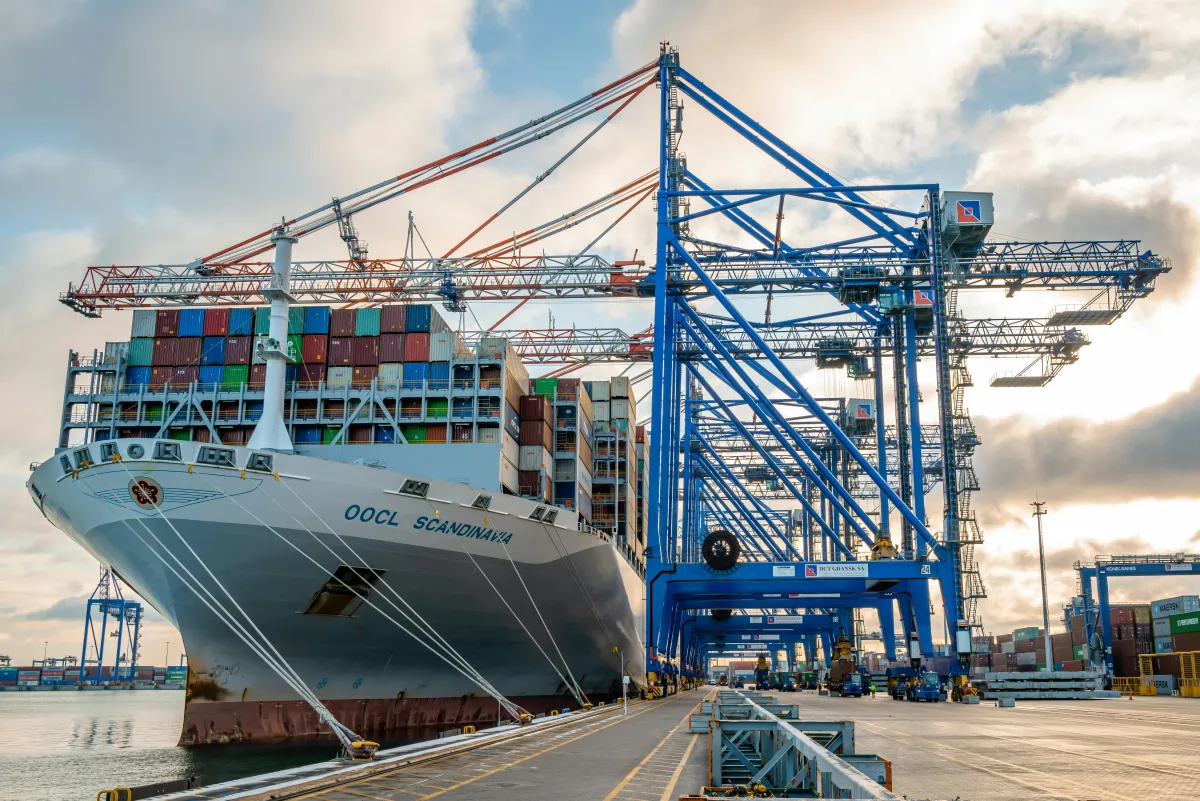In a business world increasingly focused on sustainability, the European Union is preparing to implement in 2026 the CBAM (Carbon Border Adjustment Mechanism), known in Spanish as Carbon Border Adjustment MechanismThis new regulation will function as a “carbon tariff” that taxes imports according to their carbon footprint, in order to level the playing field between local and external producers. Below, we explain what is exactly the CBAM 2026, who must comply with it, when comes into force, where apply and because is relevant for exporting companies.

What is CBAM 2026?
He CBAM 2026 It is a European Union climate initiative designed to put a fair price on the carbon emitted in the production of certain imported goods. In other words, it's a carbon border adjustment mechanism that ensures that products entering the European market reflect an equivalent carbon cost which is borne by goods produced within the EU. Its main objective is prevent “carbon leakage”, that is, preventing companies from moving their production to countries with more lax environmental regulations or from replacing cleaner local products with more polluting imports. By purchasing CBAM carbon certificates On the importer side, the EU will equalize the carbon price between imports and domestic production, thereby incentivizing cleaner industrial practices outside its borders.
Who should join the CBAM?
CBAM 2026 mainly affects carbon-intensive companies and industries that export their products to the European Union market. In the initial phase, the sectors covered by this regulation include:
- Iron and steel – High CO₂ intensity steel products.
- Aluminum – Light metals used in multiple industries.
- Cement – Construction material with a high carbon footprint.
- Fertilizers – Chemical products whose process generates significant emissions.
- Electricity – Imported energy, if it comes from fossil sources.
- Hydrogen – Produced using conventional energy-intensive methods.
These categories correspond to those goods whose production emits the most CO₂. European importers These products will be formally responsible for complying with the CBAM, but in practice exporters from countries outside the EU (including Latin America) will have to adapt by providing information on their emissions and possibly assuming carbon costs. If your company exports any of these products to the EU, you will be forced to join to the measurement and reporting requirements for emissions imposed by the CBAM, hand in hand with the importer.
When does CBAM 2026 come into force?
The implementation of CBAM consists of two key stages. Currently (2023-2025) a transitional phase is in force: From October 1, 2023 to December 31, 2025, importers must report quarterly greenhouse gas emissions embedded in their imports, but without paying carbon adjustments during this period. This adaptation period allows for data collection and familiarization of companies with the regulations.
He January 1, 2026 The final phase of the CBAM will begin. From that date, the mechanism will come into full force and will have an economic effect: EU importers must buy CBAM certificates to cover carbon emissions associated with imported goods. The price of these certificates will be linked to the cost of carbon on the European market (ETS). In short, 2026 This is the year in which the carbon border adjustment becomes a financial reality for exports to Europe, so companies have limited time to prepare.
Where does CBAM apply?
The CBAM applies exclusively in the customs territory of the European Union, covering all EU member states. This means that any import of regulated products entering the EU from a third country will be subject to the carbon adjustment mechanism. It doesn't matter whether the exporting company is in Argentina, Brazil, China, or any other country outside the bloc; what matters is the final destination in the European common market. Upon crossing the EU border, goods covered by CBAM will be required to declare their carbon content and pay the applicable certificate fees. It should be noted that the UK and other countries could implement similar mechanisms in the future, but CBAM is world pioneer being the first “green tariff” of its kind established in a large economy. Therefore, any company exporting to the EU in the aforementioned sectors, these regulations must be considered within their foreign trade plans.

Why is the European Union's carbon border adjustment mechanism relevant?
He carbon border adjustment of the EU is relevant for multiple reasons. Firstly, it arises to strengthen global climate action: ensures that Europe's emissions reduction efforts are not undermined by more polluting imports, aligning international trade with the goals of the Paris Agreement. In addition, protects the competitiveness of European industry, leveling the playing field so that local companies (which already pay for their emissions under the EU ETS) can compete on equal terms with foreign producers. Secondly, from a business perspective, the CBAM represents a significant change in the rules of international trade, aimed at promoting cleaner and more equitable practices. Ignoring this regulation is not an option: exports with a high carbon footprint could become more expensive and lose appeal in the European market, affecting sales and revenues.
On the other hand, the CBAM can also be seen as an opportunity. Exporting companies that adapt their processes towards lower carbon intensity —for example, by investing in cleaner technologies, energy efficiency, or renewable energy—will be better positioned to maintain their competitiveness. They could even gain an advantage if their products demonstrate a lower carbon footprint than their competitors. Preparing in advance is key: measuring the carbon footprint of products, optimizing supply chains, and reporting transparency on emissions will be increasingly valued practices in sustainable foreign trade.
In this context, have specialized advice can make a difference. The solution dand DelPlata Green helps companies understand and comply with CBAM 2026 efficiently, facilitating adaptation to regulations without losing competitiveness. With the right support, this regulatory challenge can be become an opportunity to innovate, improve processes, and demonstrate your company's commitment to sustainability. Ultimately, CBAM 2026 is not only a requirement for those exporting to the EU, but a catalyst for evolving toward a more sustainable business model. sustainable and prepared for the future of international trade.
Contact us for specialized advice regarding CBAM 2026.
